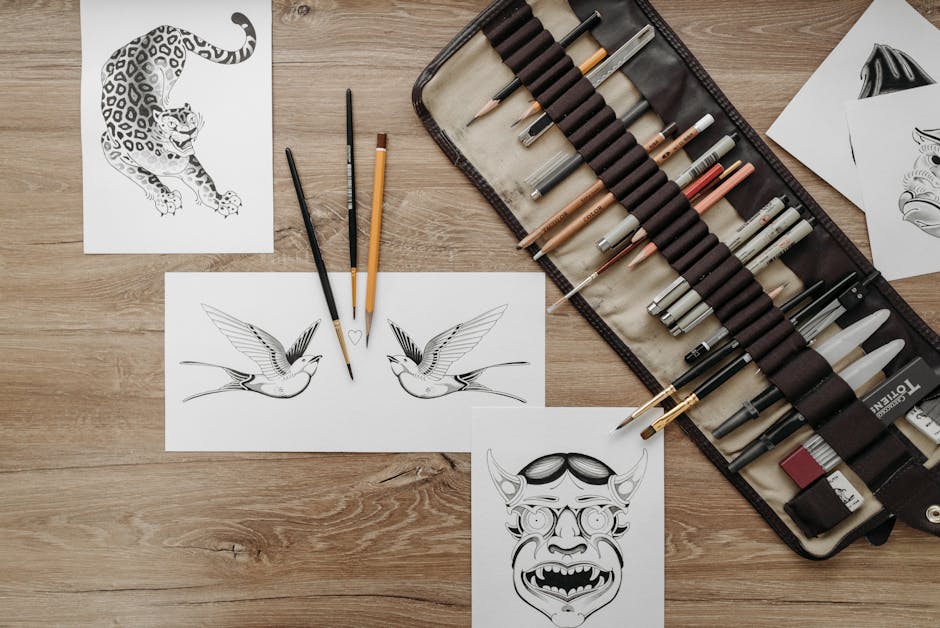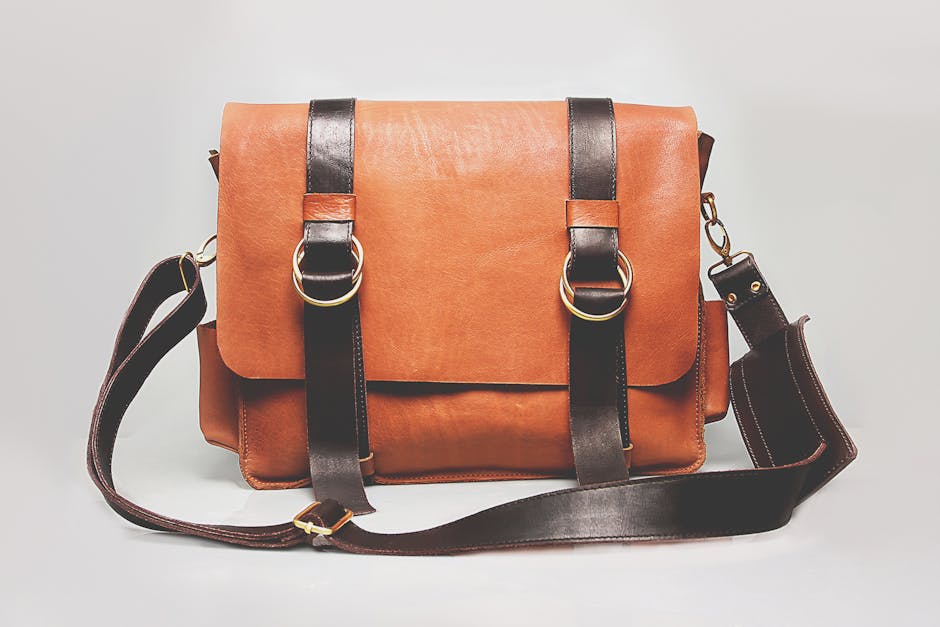Stencils
Introduction
Stencils are versatile tools used for creating patterns and designs on various surfaces. From adding a personal touch to your home decor to marking industrial equipment, stencils offer a simple and cost-effective solution for replicating images and text. They’re a fantastic option for both seasoned artists and beginners looking to explore their creative side. This article will delve into the world of stencils, exploring their uses, types, and how to choose the right one for your project.
Main Sections
What are Stencils Used For?
The applications of stencils are incredibly diverse. Here are some common uses:
- Arts and Crafts: Decorating canvases, creating scrapbook layouts, fabric painting, and card making.
- Home Decor: Adding patterns to walls, furniture, floors, and ceilings.
- Food Decoration: Stenciling designs on cakes, cookies, and coffee.
- Industrial Marking: Labeling boxes, containers, and equipment with essential information.
- Sign Making: Creating professional-looking signs for businesses, events, or personal use.
- Body Art: Applying temporary tattoos or makeup designs.
Types of Stencils
Stencils come in a wide array of materials and designs. Understanding the different types will help you select the best option for your specific needs:
Material Types:
- Plastic Stencils: Durable, reusable, and easy to clean. Great for various projects.
- Mylar Stencils: Thin, flexible, and heat-resistant. Ideal for intricate designs and layering techniques.
- Paper Stencils: Budget-friendly and suitable for one-time use. Best for simpler designs.
- Metal Stencils: Extremely durable and often used for industrial applications or hot materials.
- Adhesive Stencils: Self-adhesive stencils that stick to the surface, preventing paint bleed.
Design Types:
- Alphabet Stencils: For creating text and numbers.
- Geometric Stencils: Patterns like circles, squares, and triangles.
- Themed Stencils: Designs related to holidays, nature, animals, and more.
- Custom Stencils: Made to order with your specific design requirements.
Choosing the Right Stencil
Selecting the appropriate stencil depends on several factors:
- Project Type: What are you stenciling on? (Wall, fabric, paper, etc.)
- Surface Size: Choose a stencil size that complements the surface area.
- Design Complexity: Opt for simpler designs for beginners or more intricate designs if you’re experienced.
- Stencil Material: Consider the durability and reusability needed for your project.
- Paint Type: Ensure the stencil material is compatible with the paint you’ll be using.
Tips for Stenciling Success
- Prepare the Surface: Clean and dry the surface before applying the stencil.
- Secure the Stencil: Use painter’s tape or repositionable adhesive spray to prevent movement.
- Use the Right Tools: Stencil brushes, sponges, or spray paint applicators work best.
- Apply Paint Sparingly: Avoid overloading the brush or sponge to prevent bleeding under the stencil.
- Clean the Stencil: Wipe away excess paint immediately after use to prevent buildup.
Conclusion
Stencils are a valuable tool for adding creativity and personalization to a wide range of projects. By understanding the different types of stencils available and following some essential tips, you can achieve professional-looking results every time. Whether you’re a seasoned artist or just starting, stencils offer a fun and rewarding way to express your unique style.














Post Comment